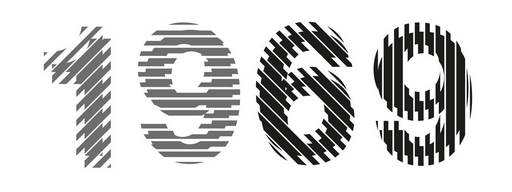Radu Oreian and Giorgio de Chirico: a virtual dialogue
In the overall stylistic, semantic and technical heterogeneity, the pictorial path of Giorgio de Chirico and Radu Oreian presents an unexpected point of convergence: the common confrontation with Baroque syntax. In general terms, it is made explicit both through the sharing of certain linguistic solutions (a particular attention to the development of the chromatic range and an articulated general compositional structure of the work, for example) and through a shared aptitude for giving life to visions apparently close to the objective datum but, in fact, completely distant from it, where fiction seems truer than truth and reality is constantly the object of dissimulation. In short, for both, the creative exercise is an entirely mental affair which, of course, each elaborates in his own way according to his own expressive codes. This dimension, widely recognized in de Chirico, appears less investigated in Oreian, who also has always reflected intellectually on the value of images. In particular, he dwells on their meaning in the era of globalization, which has fallen out of control and deprived of rules and normative codes, to the point that expressions belonging to the most intimate sphere of the individual are placed on the same level and alongside to ones of public domain, causing the loss of their original meaning and, consequently, of all their cultural and social identity. He relies on a dense, highly expressive coloristic vocabulary where the material seems at times to clump together and amalgamate with other substances, becoming rough and sandy even though, in reality, it is only the way in which it is arranged on the surface that causes this effect (layered and kneaded at the tip of the brush). In both paintings and cards he brings to life an iconographic repertoire that alternates between physical memory (recalling the innards of one's own body or skin) and intellectual memory (Renaissance painting, classical painting admired in Pompeii and Rome, calligraphy of the ancient Orient) to confirm the object of his investigation. Oreian's latest works reaffirm this direction of research, and de Chirico's evidence (two paintings, Vita silente of 1960-65 and Interno metafisico of 1963, and a card, La biga invincibile of 1969) with which they are placed in dialogue at Pietrasanta help to highlight their organic character, where ancient and modern, Western and Oriental, metaphysical and surrealist echoes alternate, giving rise to a highly personal language. Currently, there
are seven oils on canvas and five drawings dated 2022-23 dedicated to the theme of landscape, still life, and portrait or, as is often the case in Oreian, to all three at once (as in Meltingpot or Untitled of 2023), where the artist's iconographic and iconological repertoire is further extended to new sources of inspiration.
The portraits (In Limbo or Not yet titled, for example, from 2023), remind us of William Blake's Visionary Heads, translated by Oreian into figures caught in a state of dreaming and reverie, against the background of which unexpected urban profiles stand out halfway between the Middle Ages and contemporary times. In the other paintings the references multiply and sometimes overlap. Among them, in particular, Ad Macarius (2023) where the artist confronts the image of St. Macarius and speaks of: “a saint who lived in Egypt (...) tormented by devils; to counteract them, he went to the cemetery and slept resting his head on a skull; thus, he mocked them who, after following him, left him alone. Today one of the most 'radical' methods in psychology is called exposure therapy where, for example, if we have a phobia of knives we have to sleep with a knife under our pillow, or confront or expose ourselves to our fears in order to be able to not scare ourselves anymore. I really appreciate the idea of how we, human beings, are driven by the same, eternal impulses and are able to bring them to light in a new way.” He adds: also, “de Chirico was inspired by Nietzsche's idea of the eternal return,” thus letting out a further component of his own creative imagination as well as a valuable element of reflection on his virtual dialogue with the master of the 20th century.
Pier Paolo Pancotto
